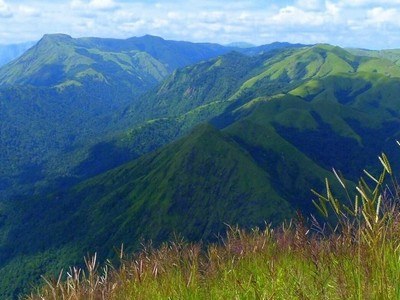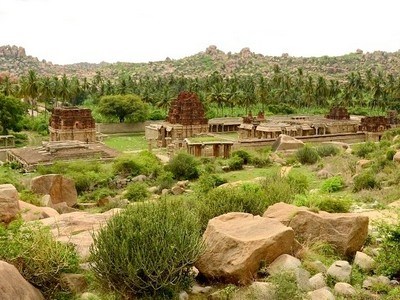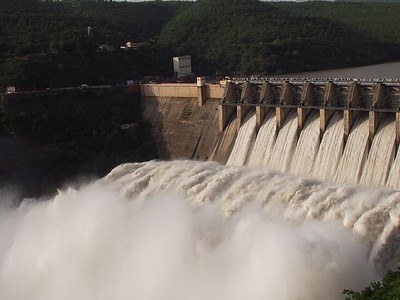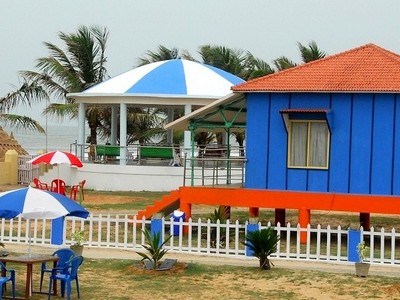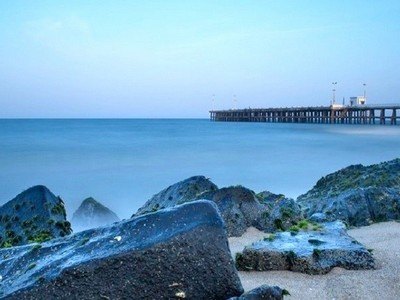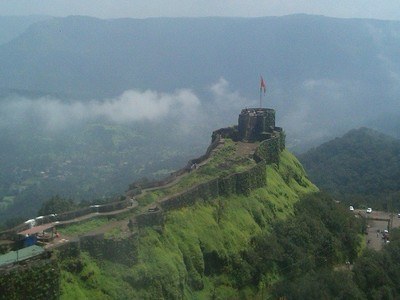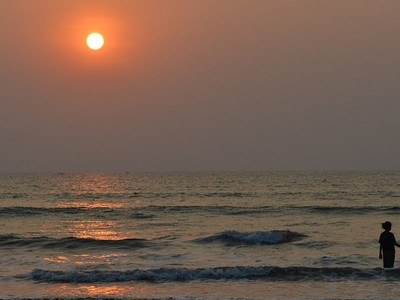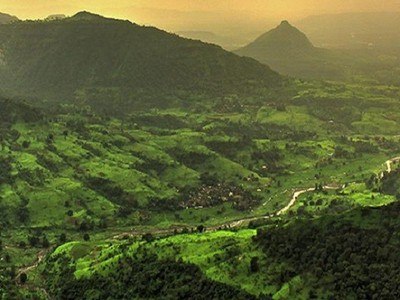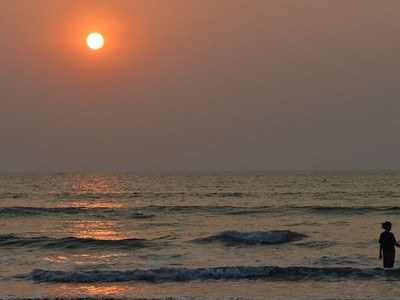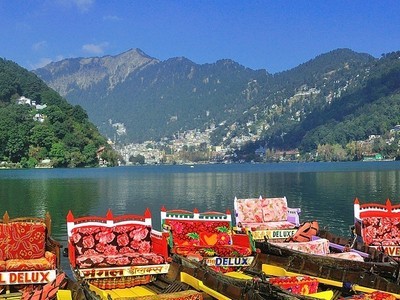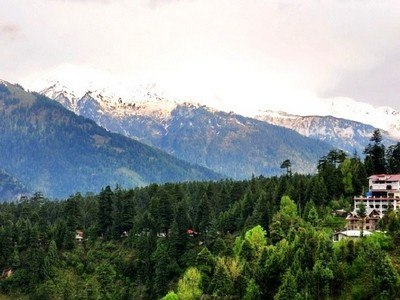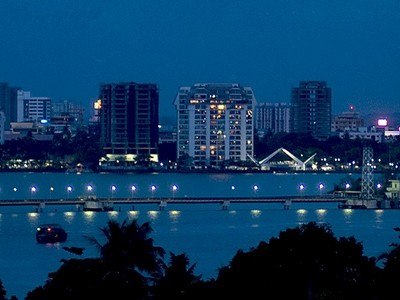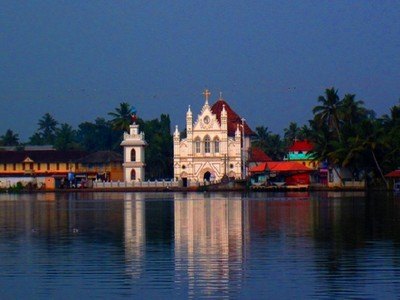At a distance of 55 km from Galle, 89 km from Mirissa, 104 km from Colombo, 180 km from Kandy, 195 km from Ella, 209 km from Nuwara Eliya, 231 km from Sigiriya and 262 km from Anuradhapura, Bentota is a coastal town in Galle district of Southern Province in Sri Lanka. Known for its sandy shores, it is one of the popular beaches to visit in the island country as part of Sri Lanka Tour.
Located on the southern bank of the Bentota River, Bentota is a quaint town surrounded by sandy shores, pristine waters and lush green landscapes with the dominance of tall palm trees. Interestingly, the name 'Bentota' is derived from Ben, a demon who once ruled the Tota or river bank. It is considered to be the prime beach resort of Sri Lanka as the National Holiday Resort Complex is associated with the Bentota Beach.
The place is known for its sun-kissed beaches, lagoon, dive sites that offer the best views of coral reefs, century-old Buddhist temples, gardens and long stretches of coconut trees. Its glorious sun-kissed beaches make the town a perfect destination for families to spend quality time on the beach. Bentota Beach, Brief Garden, Moragalla Beach, Cinnamon Island, Kande Vihare Temple, Galapata Vihara, and Madu Ganga River Safari are the top places to visit in Bentota. Bentota is home to the majestic marine turtles. The community-run hatcheries in the area are doing their bit to help propagate marine life.
Bentota ...
...read more







